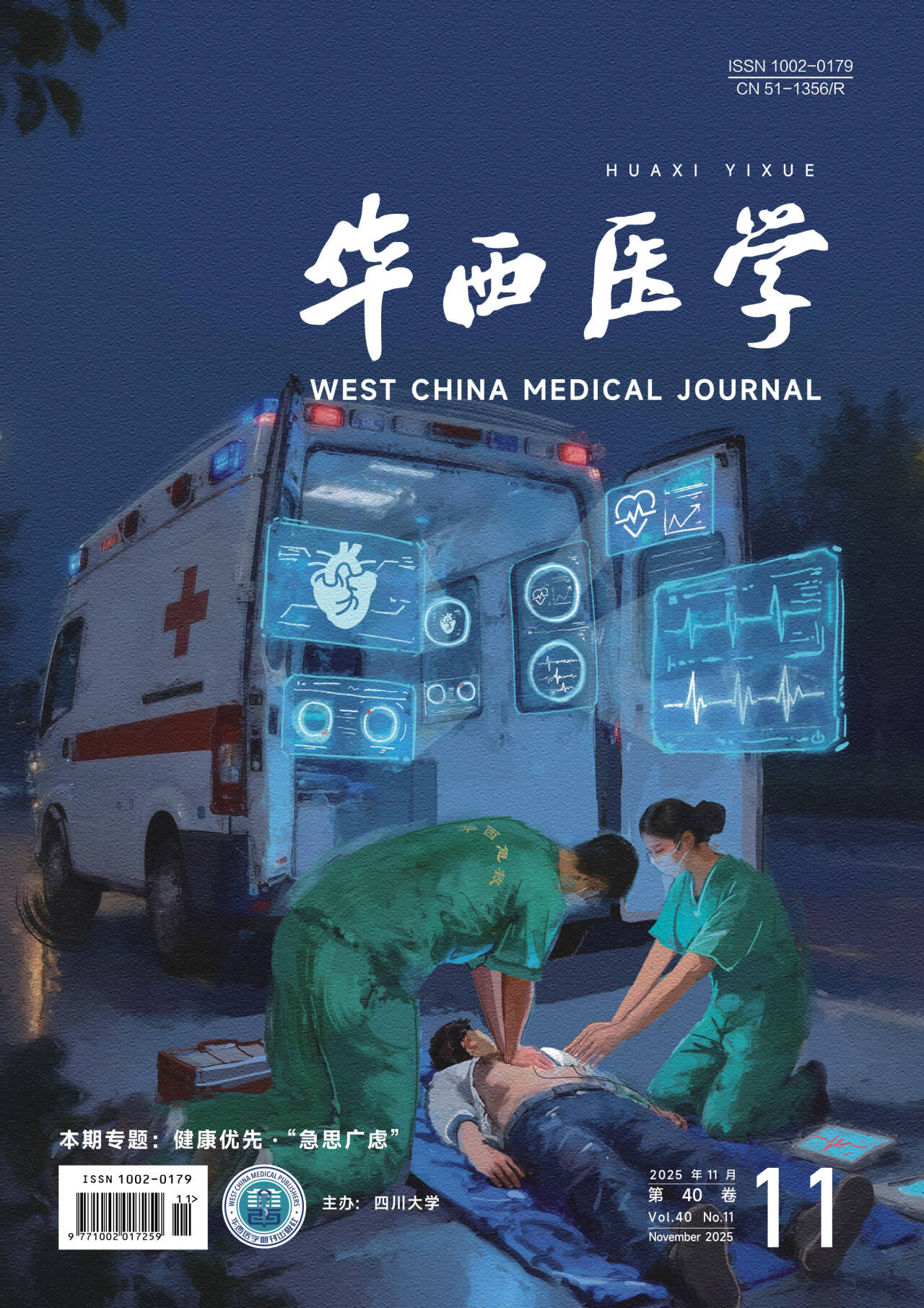【摘要】 目的 探討0.35 T MRI各方位各序列掃描對肩袖撕裂的診斷價值。 方法 對2010年3月-2011年4月就診的38例肩關節疼痛患者,分別在斜冠狀位、斜矢狀位及橫軸位行T1加權像(T1 weighted image,T1WI)、T2加權像(T2 weighted image,T2WI)、質子密度加權像(proton density weighted image,PWI)及脂肪抑制像(turbo inversion recovery magnitude,TIRM)掃描。將38例患者的岡上肌及岡下肌肌腱合并為A組、肩胛下肌及小圓肌肌腱合并為B組進行研究,分別比較A、B組采用各方位的掃描表現;再將A組患者分為斜冠狀位T1WI+T2WI組與斜冠狀位PWI+TIRM組,將B組患者分為橫軸位T1WI+T2WI組與橫軸位PWI+TIRM組,分別比較各序列組的掃描表現。 結果 A組患者在3個方位掃描像以及斜冠狀位T1WI+T2WI組與PWI+TIRM組之間診斷準確度差異有統計學意義(P lt;0.05),其斜冠狀位診斷肩袖撕裂的靈敏度為88.9%,特異度為81.8%,準確度為86.8%,為最佳掃描方位,而PWI+TIRM組診斷肩袖撕裂的靈敏度為88.9%,特異度為90.9%,準確度為89.5%,為優選掃描序列;B組患者在3個方位掃描像以及橫軸位T1WI+T2WI組與PWI+TIRM組之間診斷準確度差異有統計學意義(P lt;0.05),其橫軸位診斷肩袖撕裂的靈敏度為87.5%,特異度為86.4%,準確度為86.8%,為最佳掃描方位,而PWI+TIRM組診斷肩袖撕裂的靈敏度為100%,特異度為83.3%,準確度為94.7%,為優選掃描序列。 結論 低場MRI診斷岡上肌、岡下肌肌腱撕裂以斜冠狀位PWI及TIRM掃描序列為首選,診斷小圓肌、肩胛下肌肌腱撕裂則以橫軸位PWI及TIRM掃描序列為主。
【Abstract】 Objective To explore the clinical value of 0.35 T MRI diagnosing rotator cuff tears with different scan sequence and patient position. Methods From March 2010 to April 2011, there were 38 patients with shoulder pain were separately scanned by MRI at the position of oblique coronal, oblique sagittal and transaxial planes. Otherwise, the MRI images completed with T1 weighted, T2 weighted, PDWI and TIRM technique. The 38 cases were divided into two groups (group A: to study the supraspinatus and infraspinous tendons of the 38 cases; group B: to study the musculus teres minor and musculus subscapularis tendons of the 38 cases). Afterwards, the diagnostic results were compared among images at different patient positions. Furthermore, the images at oblique coronal plane of T1WI+T2WI and PWI+TIRM technique in group A were compared; on the other hands, the images at transaxial plane of T1WI+T2WI and PWI+TIRM technique in group B were compared. Results The difference of diagnostic accuracy in group A at different patient positions and scan sequences were statistical significant (P lt;0.05), and oblique cornal plane was the best patient position with sensitivity of 88.9%, specificity of 81.8% and accuracy of 86.8%; at the same time, the PWI+TIRM sequence was better sequence with sensitivity of 88.9%, specificity of 90.9% and accuracy of 89.5%. The difference of diagnostic accuracy in group B at different patient positions and scan sequences were statistical significant (P lt;0.05), and transaxial plane was the best patient position with sensitivity of 87.5%, specificity of 86.4% and accuracy of 86.8%; at the same time, the PWI+TIRM sequence was better sequence with sensitivity of 100%, specificity of 83.3% and accuracy of 94.7%. Conclusion In low field MRI, the oblique cornal plane with PWI+TIRM sequence are a first-line method for diagnosing supraspinatus tendon tears or infraspinous tendon tears; on the other hands, the transaxial plane with PWI+TIRM sequence are a first-line method for diagnosing musculus teres minor hurt or musculus subscapularis hurt.
Citation: WU Junhua,ZHANG Dezhou,OUYANG Shurui,DENG Kaihong. 0.35 T MRI Diagnosis of the Rotator Cuff Tear. West China Medical Journal, 2011, 26(11): 1676-1679. doi: Copy
Copyright ? the editorial department of West China Medical Journal of West China Medical Publisher. All rights reserved




